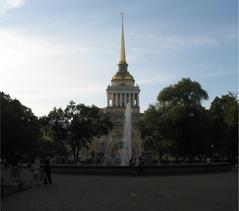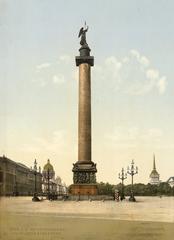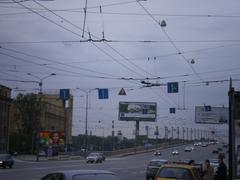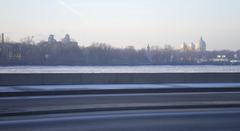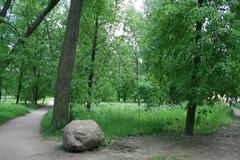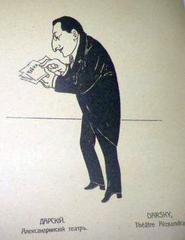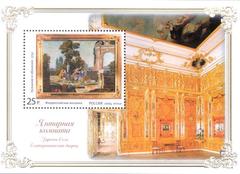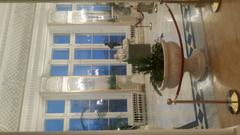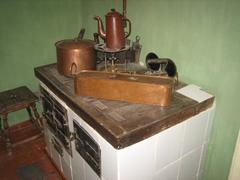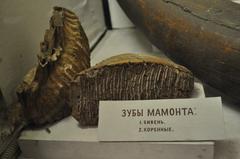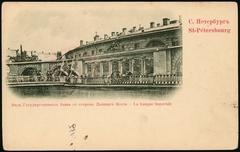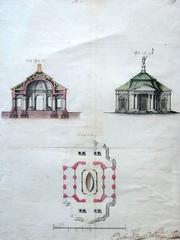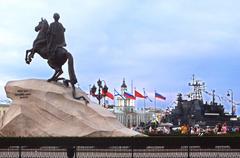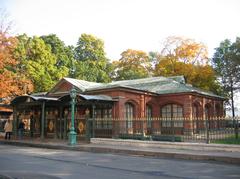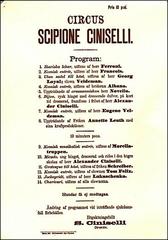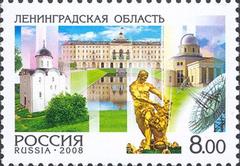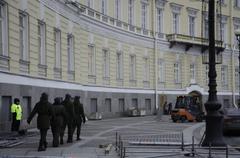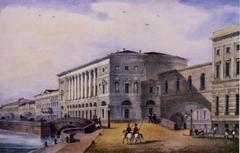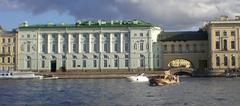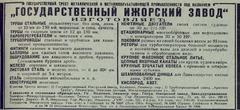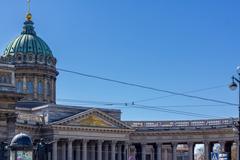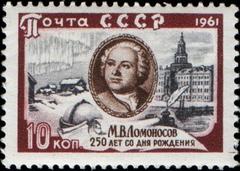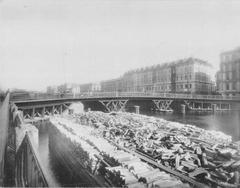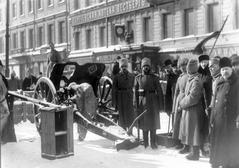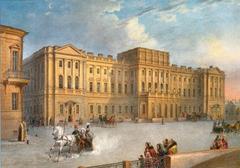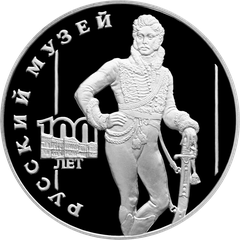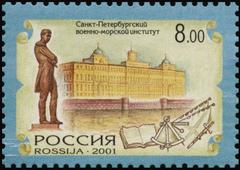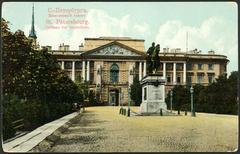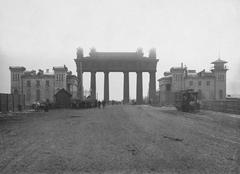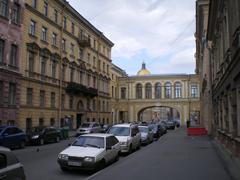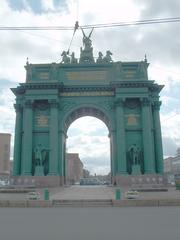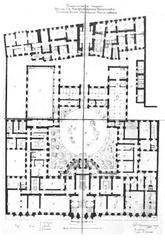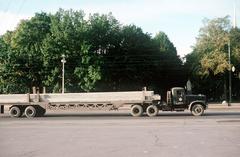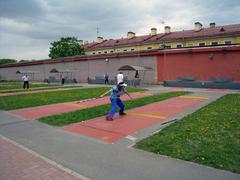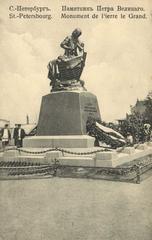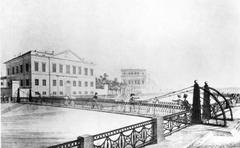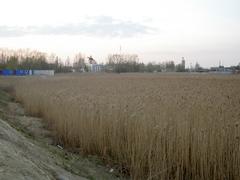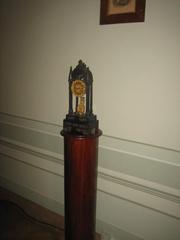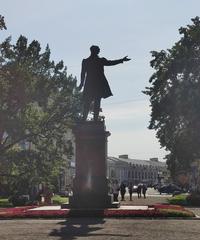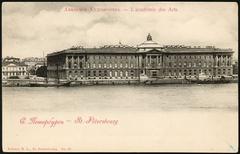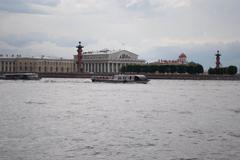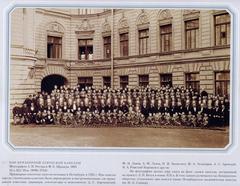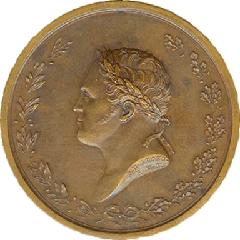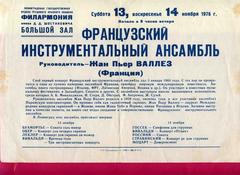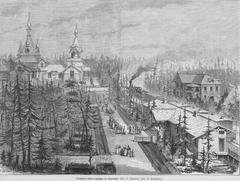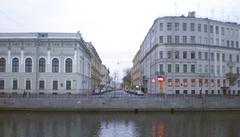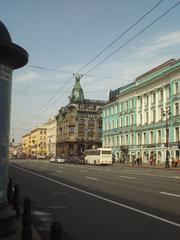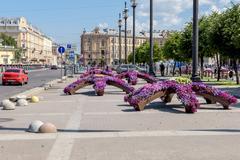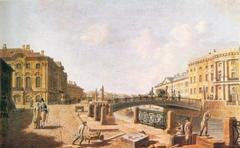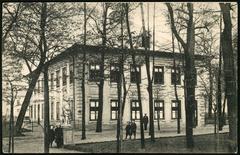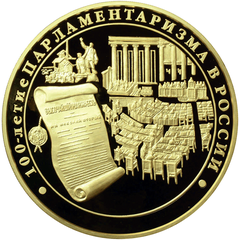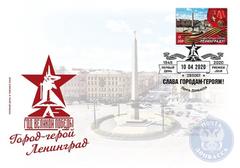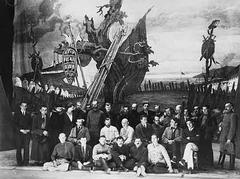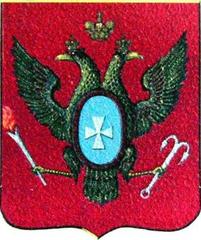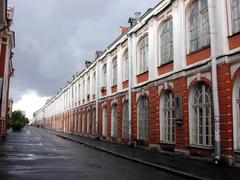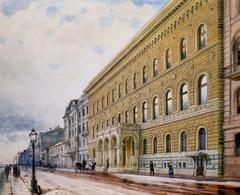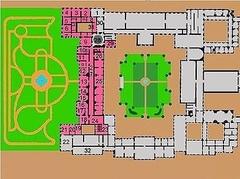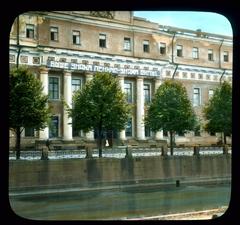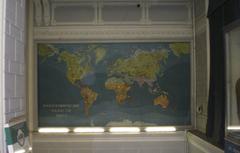Parokhodnaya Street: Visiting Hours, Tickets, and Historical Sites in Saint Petersburg
Date: 04/07/2025
Introduction
Parokhodnaya Street in the Vasileostrovsky District of Saint Petersburg offers a remarkable journey through the city’s industrial legacy and dynamic urban renewal. While often overshadowed by Saint Petersburg’s more famous boulevards and palaces, Parokhodnaya Street stands out with its rich maritime history, late imperial brick warehouses, Soviet-era structures, and vibrant cultural venues. Whether you are an architecture enthusiast, a history lover, or a traveler seeking authentic local experiences, this guide will help you uncover everything Parokhodnaya Street has to offer—from its historical significance to practical visitor tips.
Table of Contents
- Historical Background and Industrial Significance
- Architectural Features and Cultural Heritage
- Practical Visitor Information
- Community and Cultural Life
- FAQs
- Visuals and Media
- Conclusion and Visitor Recommendations
- Sources
Historical Background and Industrial Significance
Origins and Early Development
Parokhodnaya Street emerged during the rapid industrialization of Saint Petersburg in the late 19th and early 20th centuries. Its name, derived from “parokhod” (steamship), reflects its connection to the Neva River and the shipbuilding and logistics industries that powered the city’s economic growth (mappingpetersburg.org). The area was initially marshland, transformed under Peter the Great’s vision for a modern metropolis, and quickly became a key artery for transport and industry (saint-petersburg.com).
Steamship Era and Industrial Boom
By the late 1800s, Parokhodnaya Street was bustling with shipyards, warehouses, and factories, playing a vital role in the city’s maritime trade and fostering related sectors such as metalworking and logistics (thecollector.com).
Soviet Era and Wartime Significance
After the 1917 Revolution, the street’s infrastructure was nationalized and adapted for heavy industry, shifting toward military and state-related production (en.wikipedia.org). During the Siege of Leningrad, Parokhodnaya’s warehouses and docks became critical for wartime supply distribution (thecollector.com).
Post-Soviet Transformation and Urban Renewal
With the fall of the Soviet Union, Parokhodnaya Street underwent significant change. Many industrial buildings have been preserved and repurposed, serving as cultural venues, galleries, residences, and creative spaces (archtene.com; travelertopia.com). This adaptive reuse has contributed to the street’s unique character and ongoing revitalization.
Architectural Features and Cultural Heritage
Parokhodnaya Street’s architecture is a tapestry of its layered history:
- Late Imperial Warehouses: Characterized by red brick, arched windows, and ironwork, these buildings reflect the street’s industrial origins.
- Soviet Functionalism: Utilitarian structures built for efficiency during periods of reconstruction and state industry.
- Adaptive Reuse Projects: Former factories and depots now house galleries, studios, cafés, and cultural spaces, preserving historic facades while infusing them with new life (archtene.com; travelertopia.com; World History Journal).
Notable landmarks include the former steamboat depot, now a hub for local artists, and residential blocks ranging from Art Nouveau influences to Soviet-era designs.
Practical Visitor Information
Visiting Hours and Ticketing
- Parokhodnaya Street: Open to the public 24/7, year-round, with free access.
- Museums and Galleries: Most venues are open Tuesday–Sunday, 11:00–19:00 (closed Mondays). Check individual websites for exact hours.
- Museum of Urban Electrical Transport: Tuesday–Sunday, 11:00–19:00; closed Mondays. Tickets: ~300 RUB adults, discounts for students/seniors (Saint-Petersburg.com).
Accessibility and Transportation
- Public Transport: Easily reachable by metro (nearest stations: Primorskaya, Vasileostrovskaya), bus, and tram (OnTheWorldMap).
- Parking: Limited on-street parking; consider public transport or cycling.
- Pedestrian and Bike Access: Well-suited for walking and cycling; some cobbled areas may be uneven.
Nearby Attractions
- Neva River Embankments: Ideal for scenic walks.
- Museum of Urban Electrical Transport: Historic trams, guided tours, and educational programs.
- Vasilievsky Island Landmarks: Including the lively Sredny Prospekt, communal courtyards, and art centers.
Guided Tours and Events
Specialized walking tours highlight the street’s industrial and architectural heritage. The Museum of Urban Electrical Transport regularly hosts events, exhibitions, and educational programs (russiable.com).
Community and Cultural Life
Parokhodnaya Street is home to a vibrant local community, with long-time residents, artists, students, and small family-run businesses. Community initiatives—such as clean-ups, festivals, and history tours—reinforce the area’s unique identity and foster social cohesion. Cafés, bakeries, and creative spaces animate street life and provide insight into contemporary urban culture.
FAQs
Q: What are the visiting hours for Parokhodnaya Street?
A: The street is open 24/7. Museums and galleries typically operate 11:00–19:00, closed Mondays.
Q: Is there an entry fee?
A: No fee for the street itself. Individual venues like museums or exhibitions may charge admission.
Q: How do I get there?
A: Take the metro to Primorskaya or Vasileostrovskaya, then walk, cycle, or use tram/bus lines.
Q: Is the street accessible for people with disabilities?
A: Sidewalks are generally accessible, though some historic buildings may lack full mobility support. Check with venues in advance.
Q: Are guided tours available?
A: Yes, both at the Museum of Urban Electrical Transport and through independent operators.
Visuals and Media
- Historic warehouse on Parokhodnaya Street, showcasing late 19th-century industrial architecture. Alt text: “Historic warehouse building on Parokhodnaya Street, Saint Petersburg”
- Riverside view along Parokhodnaya Street with Neva River in the background. Alt text: “Neva River view from Parokhodnaya Street, Saint Petersburg”
- Interactive map highlighting Parokhodnaya Street location and nearby attractions
Tip: Use descriptive alt tags such as “Parokhodnaya Street visiting hours” and “Saint Petersburg historical sites” to optimize images for accessibility and search engines.
Conclusion and Visitor Recommendations
Parokhodnaya Street is a living testament to Saint Petersburg’s industrial roots and urban creativity. Its preserved architecture, vibrant community life, and cultural venues offer a compelling alternative to the city’s grand tourist routes. Accessible year-round and easy to reach by public transport, it invites exploration on foot or by bicycle. For a deeper experience, visit the Museum of Urban Electrical Transport or join a guided tour.
Ready to explore Parokhodnaya Street?
Download the Audiala app for detailed maps, guided audio tours, and up-to-date event listings. For more inspiration, check out related articles on Saint Petersburg’s historical sites and follow us on social media for the latest updates.
Sources and Further Reading
- Mapping Petersburg, (n.d.). Exploring industrial Saint Petersburg: Parokhodnaya Street. (mappingpetersburg.org)
- Saint-Petersburg.com, (n.d.). History of Saint Petersburg and its river infrastructure. (saint-petersburg.com)
- The Collector, (n.d.). St Petersburg city history and industrial development. (thecollector.com)
- ArchTene, (n.d.). Saint Petersburg architecture iconic designs. (archtene.com)
- Travelertopia, (n.d.). Places to visit in Saint Petersburg. (travelertopia.com)
- Wikipedia, (n.d.). History of Saint Petersburg. (en.wikipedia.org)
- Russiable, (n.d.). Tourist maps and guided tours of Saint Petersburg. (russiable.com)
- Saint-Petersburg.com, (n.d.). Museum of Urban Electrical Transport. (saint-petersburg.com)
- World History Journal, (n.d.). Saint Petersburg architecture. (worldhistoryjournal.com)
- OnTheWorldMap, (n.d.). Saint Petersburg city map. (ontheworldmap.com)
